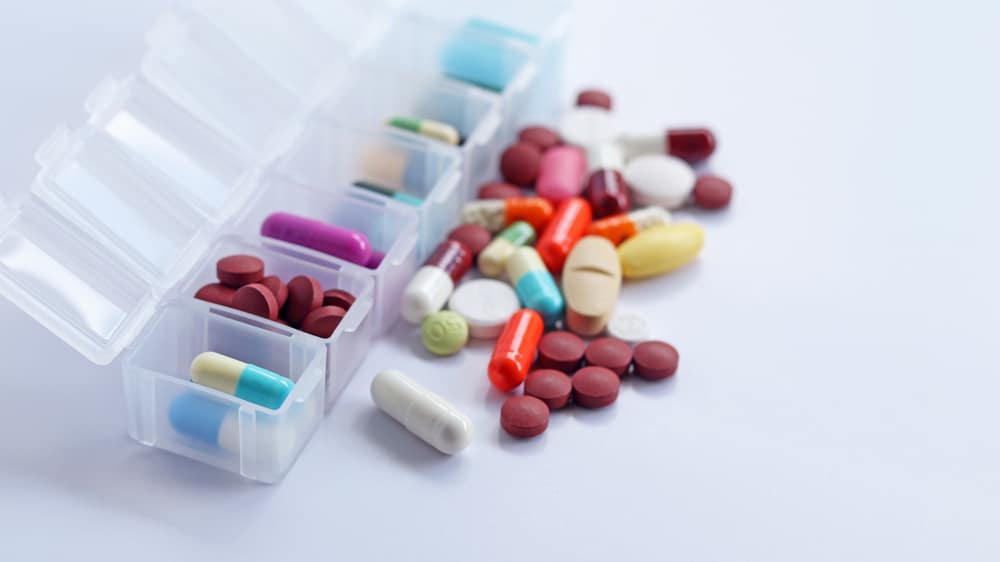House Brand vs Branded Medications: Unravelling the Efficacy and Perceptions
In the healthcare landscape, the choice between house brand and branded medications often hinges on cost and consumer confidence. Interestingly, scientific evidence counters this by highlighting that the active ingredients in generic (house brand) and brand-name drugs are identical, ensuring comparable efficacy.
Moreover, differences in bioavailability are minimal. Generic drugs are required to meet stringent regulatory standards similar to their branded counterparts. However, despite these facts, perceptions, and concerns about quality and effectiveness persist among consumers and healthcare professionals alike. These are influenced by factors like brand loyalty and the psychological impact of pricing, further complicating the decision-making process in selecting between generic and branded medications.
The Scientific Consensus on Generics vs Branded Drugs
Generic medications must contain the same active ingredients as their branded equivalents and are subjected to rigorous review by regulatory bodies to ensure they meet standards for safety, quality, and performance. Notably, a study found only a 3.5% difference in absorption between generic and brand-name medicines, a variance considered non-significant clinically.
Concerns regarding the switch from branded to generic medications, highlight the need for thorough education and communication between healthcare providers and patients. Studies suggest that enhancing understanding and trust in generics can lead to increased acceptance and use, contributing to more affordable healthcare without compromising treatment quality.
Analysing the Efficacy of Paracetamol: A Common Ground
Paracetamol, known for its pain-relieving and fever-reducing properties, serves as a cornerstone in non-prescription medication, recommended by healthcare professionals worldwide for conditions ranging from mild pain to osteoarthritis. This widespread endorsement comes amidst ongoing debates regarding the optimal dosage and safety of its consumption, especially given the delicate balance between therapeutic benefits and potential adverse effects.
Generic vs Brand-Name: The Clinical Equivalence
The discussion surrounding paracetamol spans the debate between its generic and brand-name versions. Studies using robust methods, such as propensity score matching to align patient groups, shed light on the outcomes of using generic versus brand-name drugs. These analyses demonstrate no significant differences in efficacy across a range of drug types. Even so for managing serious chronic conditions like diabetes and hypertension. This challenges the negative perceptions often linked to generic medication use, suggesting that generics are a viable alternative without compromising on effectiveness.
Lipid-Lowering Efficacy: Brand-Name vs Generic Atorvastatin
In the realm of cardiovascular health, managing lipid levels is paramount, with atorvastatin playing a critical role. This medication, known widely under the brand name Lipitor, and its generic counterparts, such as atorvastatin calcium, are cornerstone therapies for reducing cholesterol.
The Equivalence of Generic and Brand-Name Atorvastatin
A study demonstrated that patients transitioning from Lipitor to generic atorvastatin showed no significant differences in key lipid parameters. This includes LDL (low-density lipoprotein) cholesterol, HDL (high-density lipoprotein) cholesterol, and total cholesterol levels. Consequently, this finding suggests that generic atorvastatin maintains the lipid-lowering efficacy of its branded counterpart. Furthermore, additional research conducted in a real-world setting echoed these results, revealing significant reductions in LDL-C levels with generic atorvastatin, thereby reinforcing the clinical equivalence between the generic and the brand-name formulations.
The Role of Regulatory Oversight
The consistent efficacy and safety profile of generic atorvastatin highlight the critical role of stringent regulatory oversight. By ensuring that generic formulations meet the same high standards as their branded counterparts, regulatory bodies play a pivotal role in maintaining patient trust and ensuring the widespread availability of essential medications at a reduced cost.
The Impact of Perception on Medication Efficacy
Despite the clinical equivalence, perceptions among patients and healthcare providers about generic medications can significantly sway treatment outcomes. Furthermore, negative biases toward generics may arise from misconceptions regarding their quality or effectiveness. This may potentially cause higher switchback rates to brand-name drugs, in spite of the financial incentives to choose generics. Consequently, education and awareness efforts aimed at both patients and practitioners have shown promise in narrowing this divide. Thereby, emphasising the crucial role of informed decision-making in healthcare.
Towards Informed Healthcare Choices
The evidence highlights a pivotal narrative: active ingredients in paracetamol stay uniform across generic and brand versions, assuring similar effects. Yet, the real challenge is in dispelling deep-seated biases and fostering a deeper grasp of medication efficacy beyond brand devotion. Through focusing on educating patients and ensuring clear communication, the medical sector can lead towards more fair treatment access, enhancing both health results and cost efficiency.
References
- Maryland, S. L. P. C. P. S. S. S. (2020, June 18). Discussing Brand Versus Generic Medications. https://www.uspharmacist.com/article/discussing-brand-versus-generic-medications
- Machado, G. C., Maher, C. G., Ferreira, P. H., Pinheiro, M. B., Lin, C. C., Day, R. O., McLachlan, A. J., & Ferreira, M. L. (2015, March 31). Efficacy and safety of paracetamol for spinal pain and osteoarthritis: systematic review and meta-analysis of randomised placebo controlled trials. BMJ. https://doi.org/10.1136/bmj.h1225
- Desai, R., Sarpatwari, A., Dejene, S. Z., Khan, N. F., Lii, J., Rogers, J. R., Dutcher, S. K., Raofi, S., Bohn, J., Connolly, J. G., Fischer, M., Kesselheim, A. S., & Gagne, J. J. (2019, March 13). Comparative effectiveness of generic and brand-name medication use: A database study of US health insurance claims. PLoS Medicine. https://doi.org/10.1371/journal.pmed.1002763
- Loch, A., Bewersdorf, J. P., Kofink, D., Ismail, M. D., Abidin, I. Z., & Veriah, R. S. (2017, July 17). Generic atorvastatin is as effective as the brand-name drug (LIPITOR®) in lowering cholesterol levels: a cross-sectional retrospective cohort study. BMC Research Notes. https://doi.org/10.1186/s13104-017-2617-6
- Manasirisuk, P., Chainirun, N., Tiamkao, S., Lertsinudom, S., Phunikhom, K., Sawunyavisuth, B., & Sawanyawisuth, K. (2021, March 1). Efficacy of Generic Atorvastatin in a Real-World Setting. Clinical Pharmacology. https://doi.org/10.2147/cpaa.s285750













